Grocery Store Lighting Controls
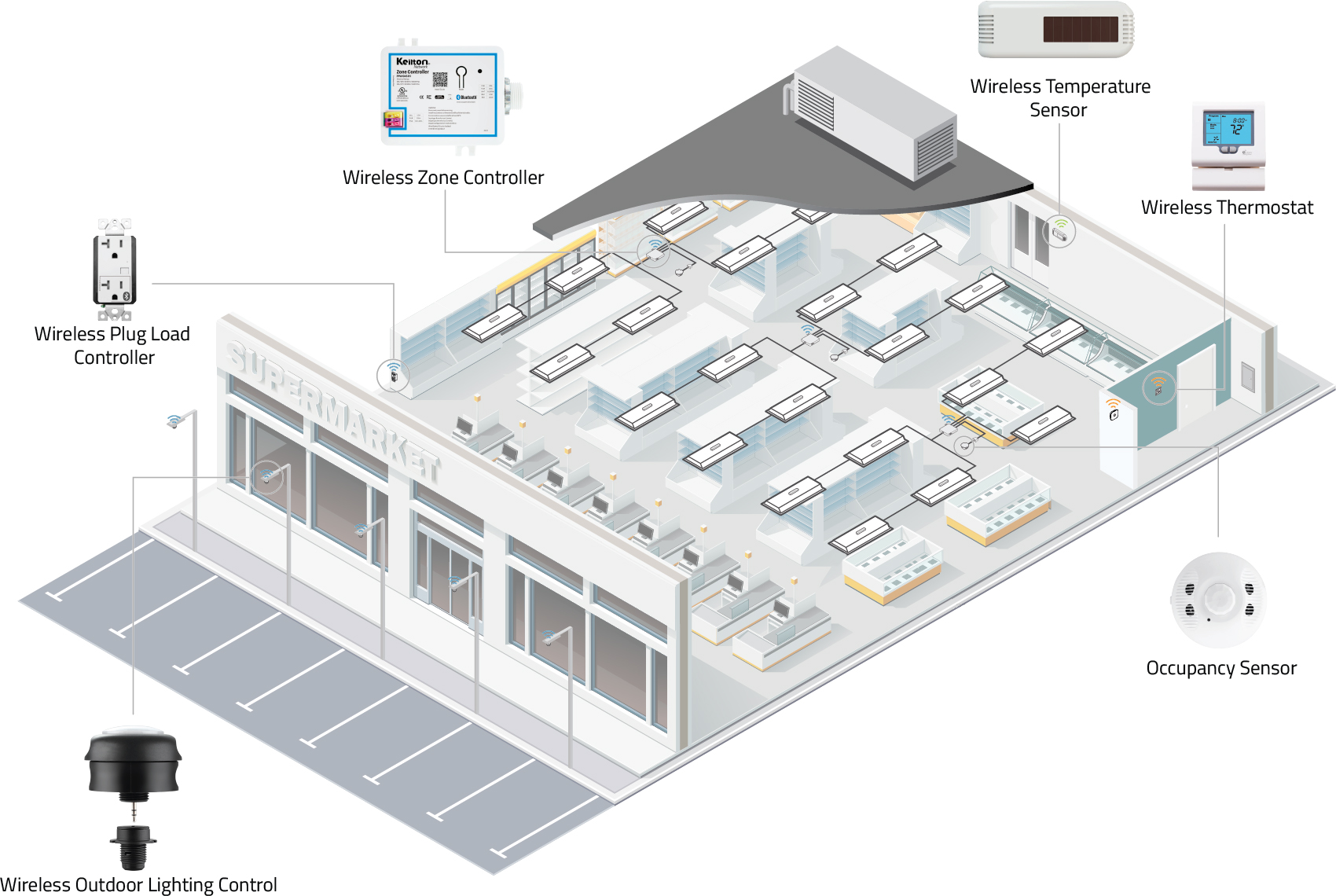
Estimated Total Savings: 20-40%
Autani’s integrated wireless control system equips you with an easy-to-use building management system that will improve your operating environment while creating a more pleasant overall shopping experience for your customers. Autani provides your facility operations manager with the ability to create an inviting environment for your customers while minimizing operational risk and expenses. Multiple sites can be managed from a single location, ensuring your critical equipment and building systems with associated energy saving control strategies are functioning properly.
Product Recommendations
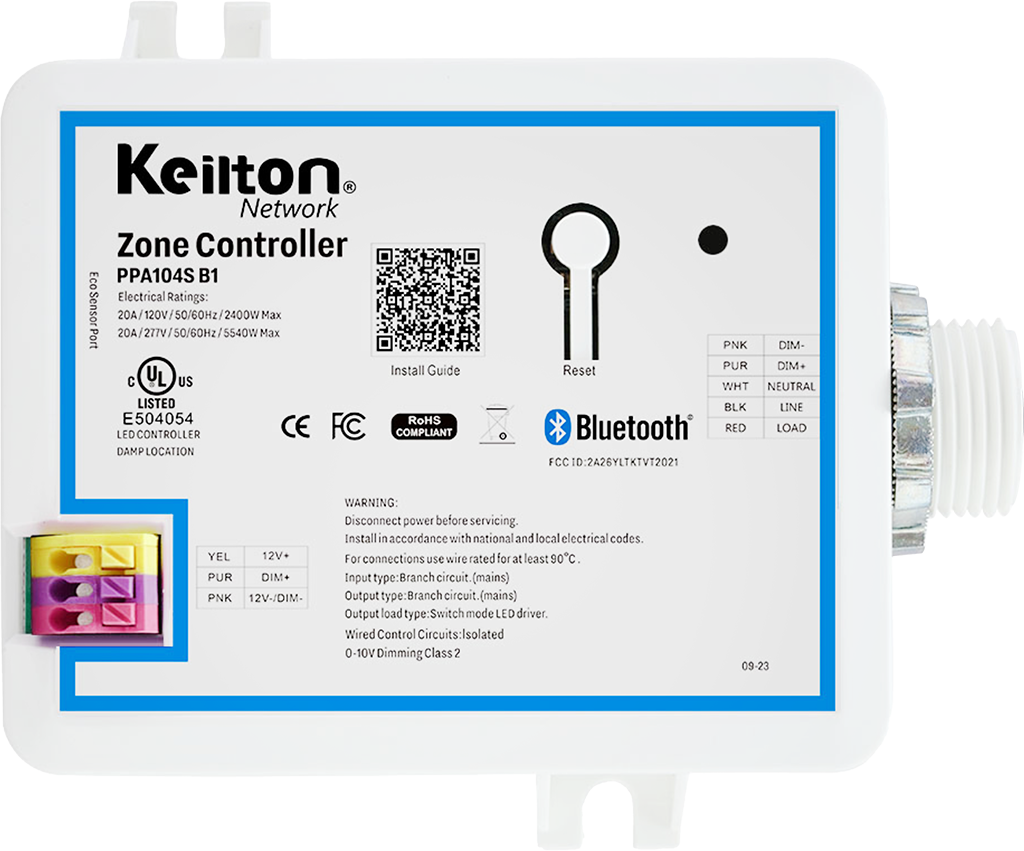
PPA104S.B1 Line Voltage 20A Bluetooth Zone Control
- 120-277VAC input
- Integrated 20A relay
- Output power up to 2,400W (120VAC), 5,540W (277VAC)
- UL Plenum Rated
- 1 HP motor load rated
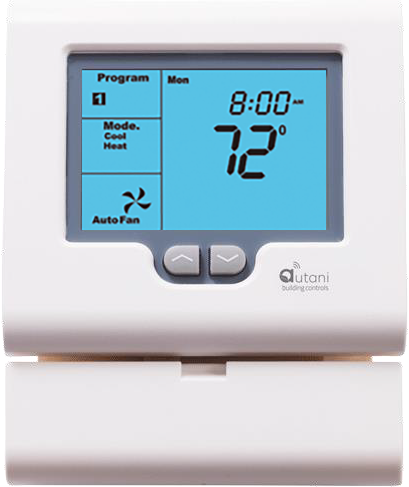
T32P Wireless Thermostat
Centrally controlled and locally integrated with occupancy sensors. Master schedules can be pushed facility-wide or to target thermostats.
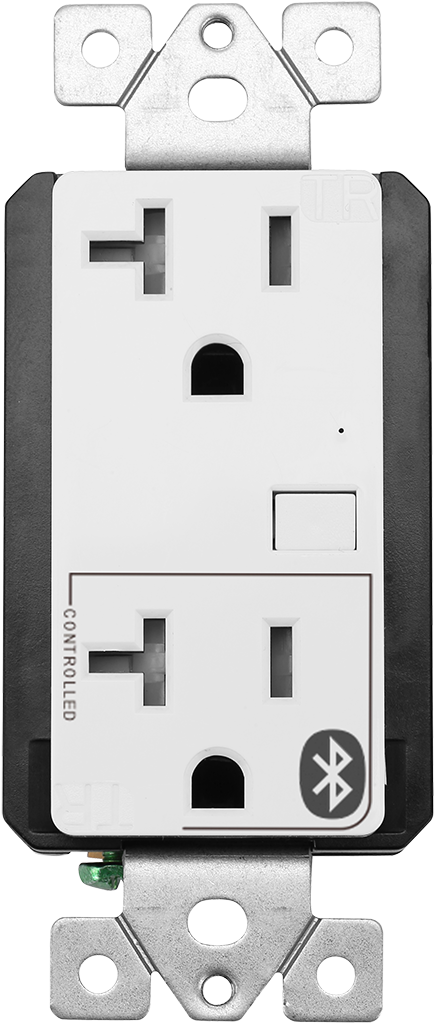
WF20R.A0 20A Plug Load Bluetooth Controller
- 120VAC
- 20A plug load Bluetooth controller
- Controllable via the Keilton+autani app
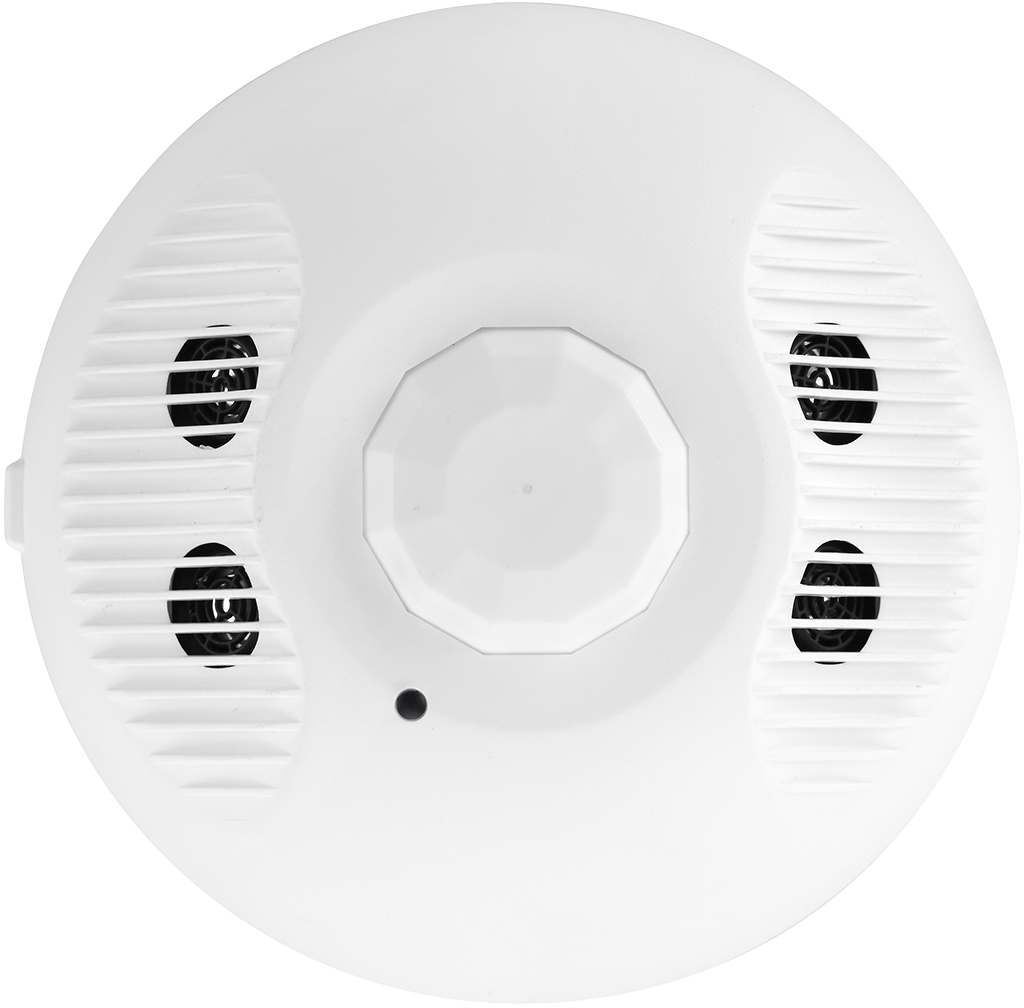
EFS107E.A0 12V Dual-Tech Ceiling Eco Sensor
- 12VDC input
- Powered by power packs (PPA102Sx/PPA104Sx) and connected with low voltage cable
- 600 sq ft room coverage
- Daylight Harvesting
- Dual-tech PIR + Ultrasonic technology provides high accuracy and wide coverage
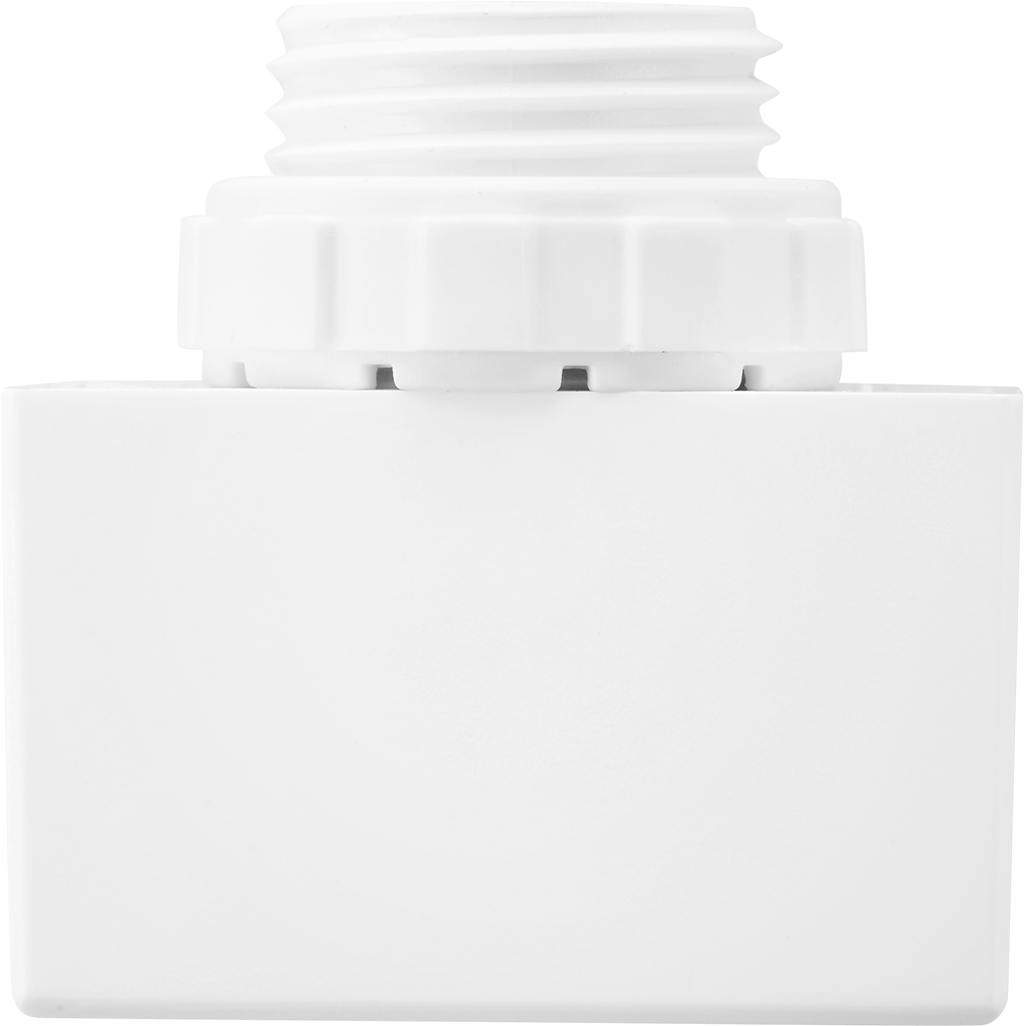
RTP – Tee Adaptor
- Connects from RJ45 to PH2.0
- Supports daisy chaining of multiple sensors
- NOTE: Only 1st device in the daisy chain can be used for daylight harvesting.
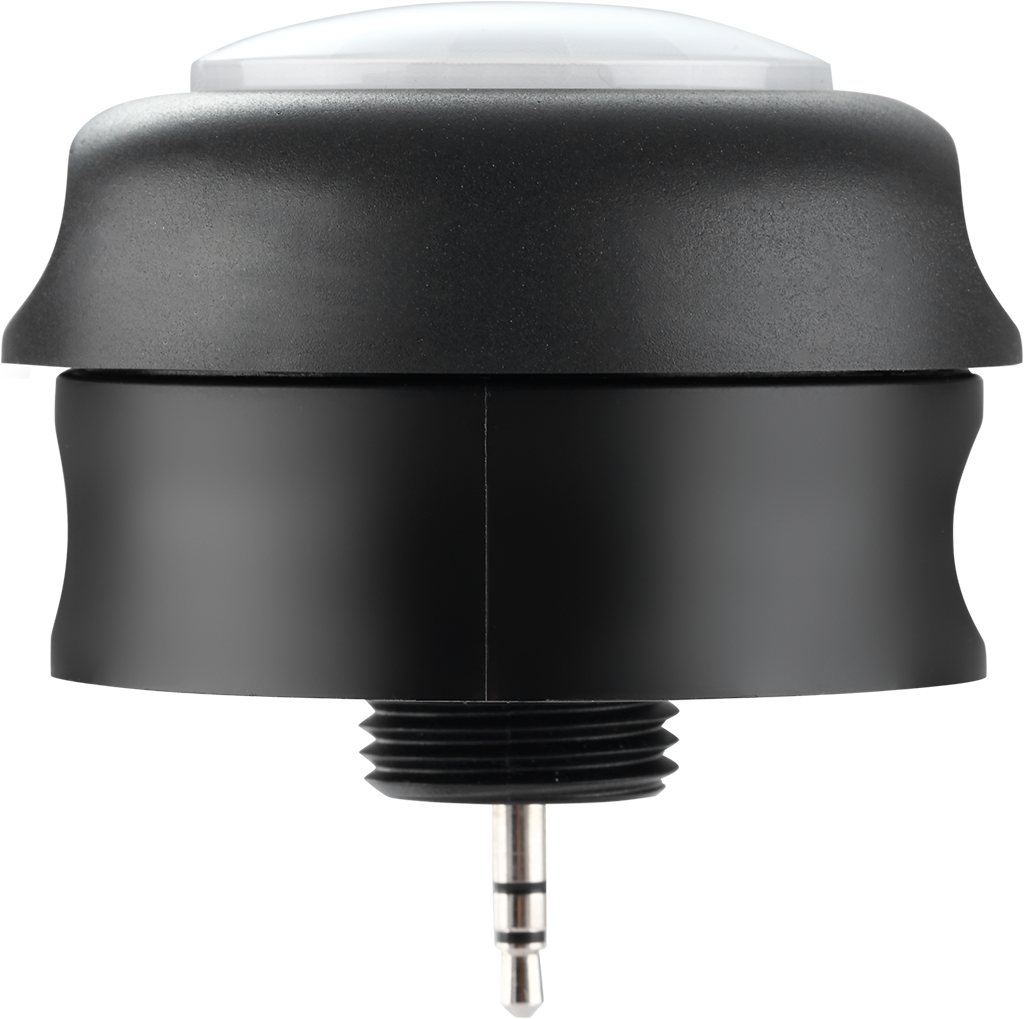
EFS106-AUX-W.B2 Plug and Play High Bay Long-Range Sensor
- 3.5mm audio jack connector
- Enhanced long-range antenna with up to 328 ft Bluetooth transmission range
- Plug and Play 12V sensor with integrated connector
- Bluetooth PIR analog sensor with Algo2 algorithm to maximize detection without false trigger
- Replaceable lens options
- NOTE: Lens sold separately
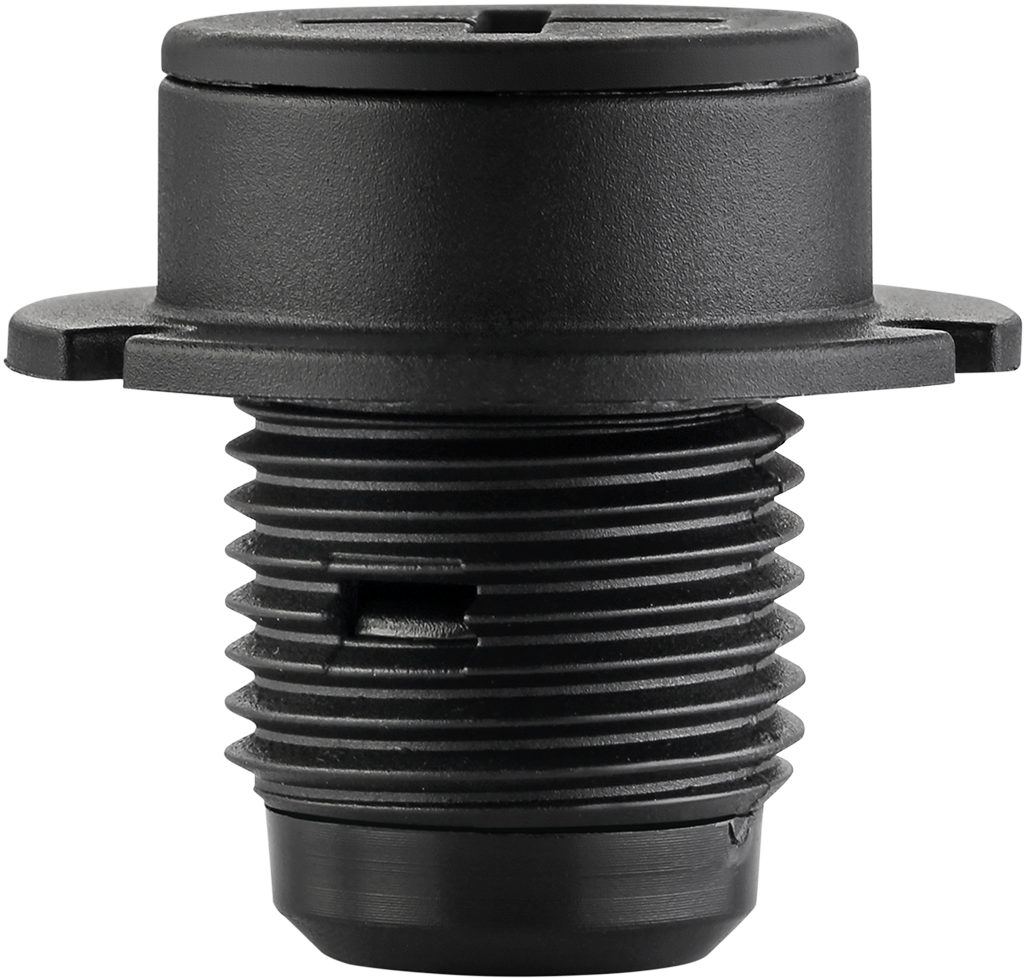
WSC01
- Outdoor rated
- 3.5mm audio jack receptacle
- Allows additional fixture types to be used in plug and play luminaire level lighting control (LLLC)
- Low-profile design with minimal depth into housing and minimal height above luminaire
- Waterproof version offers UV-resistant high-impact rated covers to fully seal and protect the receptacles
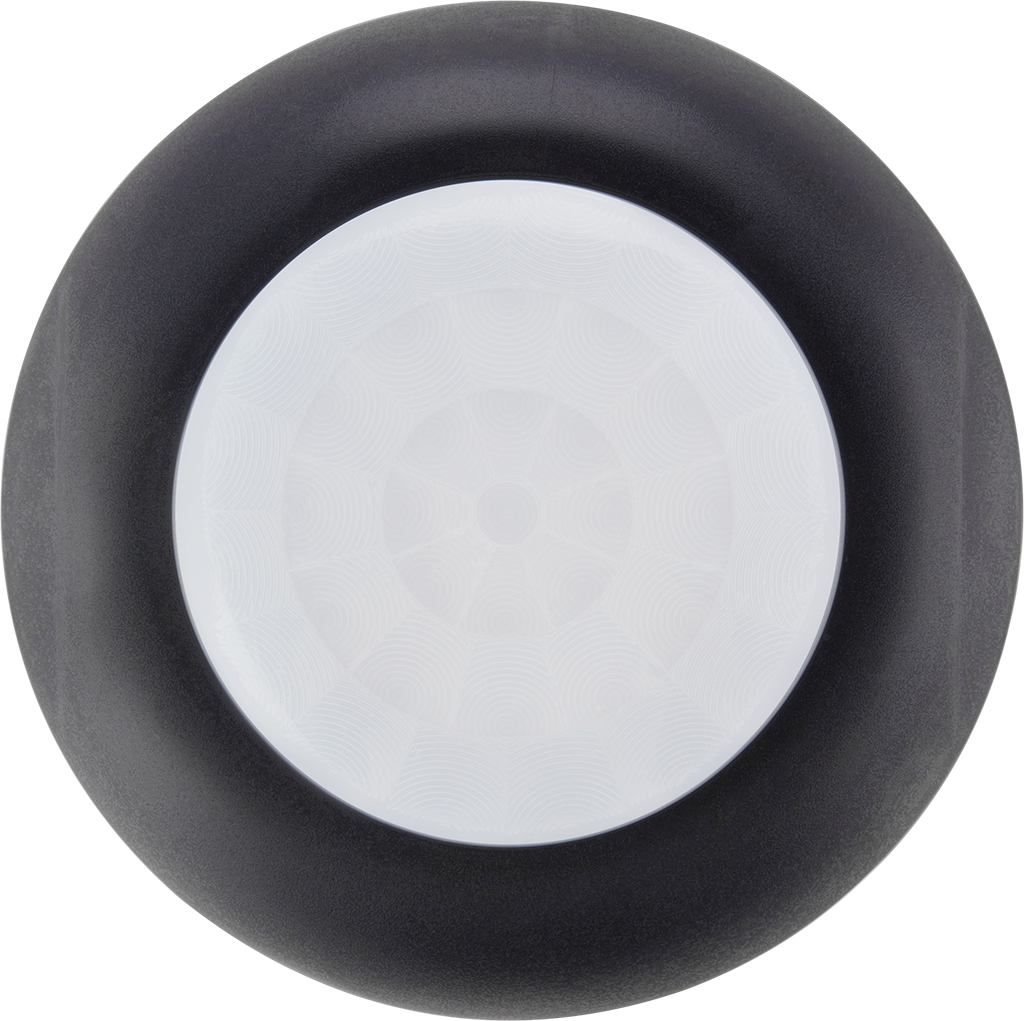
WHBL1-2-B Wet Location High Bay Lens
- Designed for 20 to 40 ft mounting heights
- IP66
- Powerful high bay lens with 360 degree coverage
- Optimized for open area and aisleway coverage in high bay applications
- Multi-cell, multi-tier Fresnel lens with high density coverage patterns
Control Strategies
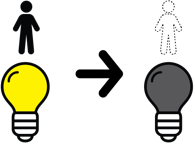
Occupancy / Vacancy Sensing
Turn lights on when occupants are in a space and off when they vacate it. Alternate Functionality: Partial-on and manual-on modes are supported for additional savings and more stringent local codes.

High-End Trim / Institutional Tuning
Set the maximum light level based on customer requirements in each space to prevent overlighting.
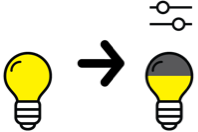
Local Dimming Control
Permit occupants to lower the light below the high-end trim for comfort and additional savings.
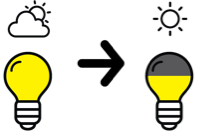
Daylight Harvesting
Use dim lighting when daylight is available. Multiple zones are supported where required by code.

HVAC Control
Manage smart thermostats and sensors to implement temperature setback of HVAC equipment based upon occupancy or timeclock.

Plug Load Control
Manage control of select plug loads for Energy Code Compliance and the elimination of phantom loads when the building is not occupied.

Automatic Scheduling & Timeclock*
Automatically dim or shut off lighting based on centrally managed schedules.
* Requires Autani Manager or CR02-W.A0.
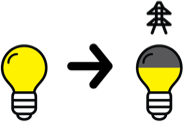
Demand Response*
Manage lighting and HVAC electrical loads to limit ratchet charges and peak demand pricing periods.
* Requires Autani Manager.
Business Outcomes
- Create immediate positive cash flow with energy savings.
- Keep critical equipment operating and reduce food waste.
- Maintain an inviting and comfortable environment for your employees and customers while managing your costs.
- Manage your facilities proactively by controlling your energy spend and setting up real-time alerts to minimize damage from failure points.
- Understand how many customers are in individual aisles and specific departments.
- Consider where to dispatch employees in real time to help customers, improving the overall customer experience.
